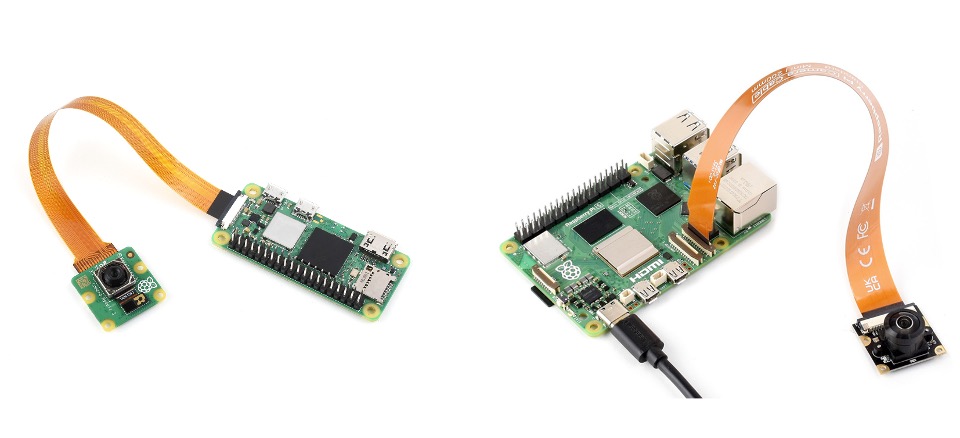Overview
These labs offer invaluable hands-on experience with machine learning systems, leveraging the versatility and accessibility of the Raspberry Pi platform. Unlike working with large-scale models that demand extensive cloud resources, these exercises allow you to directly interact with hardware and software in a compact yet powerful edge computing environment. You’ll gain practical insights into deploying AI at the edge by utilizing Raspberry Pi’s capabilities, from the efficient Pi Zero to the more robust Pi 4 or Pi 5 models. This approach provides a tangible understanding of the challenges and opportunities in implementing machine learning solutions in resource-constrained settings. While we’re working at a smaller scale, the principles and techniques you’ll learn are fundamentally similar to those used in larger systems. The Raspberry Pi’s ability to run a whole operating system and its extensive GPIO capabilities allow for a rich learning experience that bridges the gap between theoretical knowledge and real-world application. Through these labs, you’ll grasp the intricacies of EdgeML and develop skills applicable to a wide range of AI deployment scenarios.
Pre-requisites
- Raspberry Pi: Ensure you have at least one of the boards: the Raspberry Pi Zero 2 W, Raspberry Pi 4 or 5 for the Vision Labs, and the Raspberry 5 for the GenAi labs.
- Power Adapter: To Power on the boards.
- Raspberry Pi Zero 2-W: 2.5 W with a Micro-USB adapter
- Raspberry Pi 4 or 5: 3.5 W with a USB-C adapter
- Network: With internet access for downloading the necessary software and controlling the boards remotely.
- SD Card (32 GB minimum) and an SD card Adapter: For the Raspberry Pi OS.
Setup
Exercises
| Modality | Task | Description | Link |
|---|---|---|---|
| Vision | Image Classification | Learn to classify images | Link |
| Vision | Object Detection | Implement object detection | Link |
| GenAI | Small Language Models | Deploy SLMs at the Edge | Link |
| GenAI | Visual-Language Models | Deploy VLMs at the Edge | Link |
